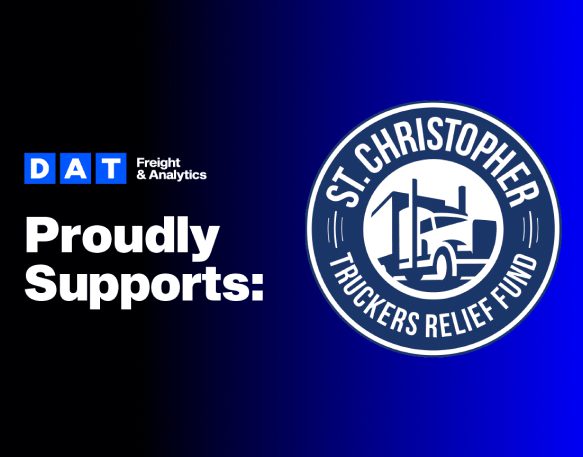
As shippers are well-aware at this point, the transportation and logistics industry has experienced a significant shift over the past few years as mounting financial pressures and spiking demand pushed the old ways to their limits. Willingness to adapt operations to the new demands of the modern market carried shippers and carriers through as they weathered challenging storms. As a result, the market now looks very different than it did three years ago, and the changes freight players made during those years are likely to stay the course.
One such adjustment was the increasing use of “mini-bids” to optimize spend by amending the annual contracts that have long determined the industry’s going rates for different lanes, carriers, and supplier networks.
Building supply chain agility with mini-bids
Mini-bids aren’t new to freight, but the pandemic forced shippers to increasingly leverage short-term contracts for network optimization. They’ve been a feature of the market for some time now, allowing shippers to use the market’s extreme volatility to their advantage. However, their usage rate has grown significantly over the past decade, with DAT data showing that the percentage of weeks seeing new contracted lanes grew from 30% to 80% between 2012 and the end of 2020.
Though mini-bids aren’t a replacement for annual contracts or spot market utilization, these short-term arrangements can serve as a strategic middle ground. They help shippers expand their networks to accommodate sustained changes in demand (and pull back when needed), conduct trial runs with new carriers before committing to a longer-term relationship, and negotiate better scheduling terms.
Reducing the length of contracts helps shippers mitigate the effects of overworked carriers on their operations during times of increased uncertainty and adjust their contracted rates to reflect market downturns when they come. At the same time, agreeing to increased rates with high-performing carriers during periods of high demand as a show of goodwill can strengthen relationships.
Driving results with digital tools
While mini-bids can be a powerful cost optimization tool, leveraging them to control spending and amplify networks only works when shippers have holistic, data-driven insight into the market and their own performance. That means digitalization must be the foundation of modern procurement strategies. Without the insights that connected networks provide, there’s no way to know whether a company’s mini-bid strategy actually improves performance.
Having data and analytics tools is what allows managers to determine whether their approach:
- Helps align prices with the current transportation market. Knowing that a short-term contract is below a shipper’s contracted rate is beneficial, but that isn’t all decision-makers need to be confident that they’re making the right choice. DAT iQ’s RateView Analytics gives shippers a 360-degree view of the market — including spot, contract, and recent mini-bid rates — so procurement managers can rest assured that the deals they make reflect the market’s performance. They can also use this information to offer more desirable rates to shippers to build stronger relationships with high-performing carriers down the line.
- Drives efficiency. Cost isn’t the only determinant of a procurement program’s efficacy. Speed, reliability, and transparency also matter greatly in today’s market. Analytics Services can help shippers get a clear view of how their network is performing relative to others and to the money they’re putting in so they can evaluate whether their current strategy is working, address drivers of waste, and ensure that their procurement processes are delivering maximum value.
- Supports supply chain agility. The primary benefit of using mini-bids within a network is ultimately enhanced supply chain agility. But, without digitalized tools, what does that really mean? Analytics suites help shippers define what agility means to them and outline internal benchmarks to measure progress toward those goals. Not only does this help procurement and logistics teams understand how their decisions affect performance but it acts as a proof of concept, demonstrating the results of their strategy to leaders to build transparency and trust.
Mini-bids present shippers with a compelling opportunity to optimize their networks today and foster stronger partnerships with carriers tomorrow, but only when they have the right tools to support the program. With mini-bids dominating the market — and their popularity likely to grow even more in the coming years — embracing digitalization is no longer a choice but a necessity for shippers in the ever-evolving logistics landscape.
By harnessing the power of digital technology and mini-bids, shippers can start working toward more efficient, cost-effective, and agile logistics ecosystems that will help them ride the wave into shipping’s next era.
If your company is ready to begin engaging with mini-bids on a new level, download our e-book, “Maximize Your Mini-Bid.” To learn how DAT iQ’s analytics and benchmarking tools can help you build a better procurement strategy, visit data.dat.com/Empower_IQ to reach out to our team.


